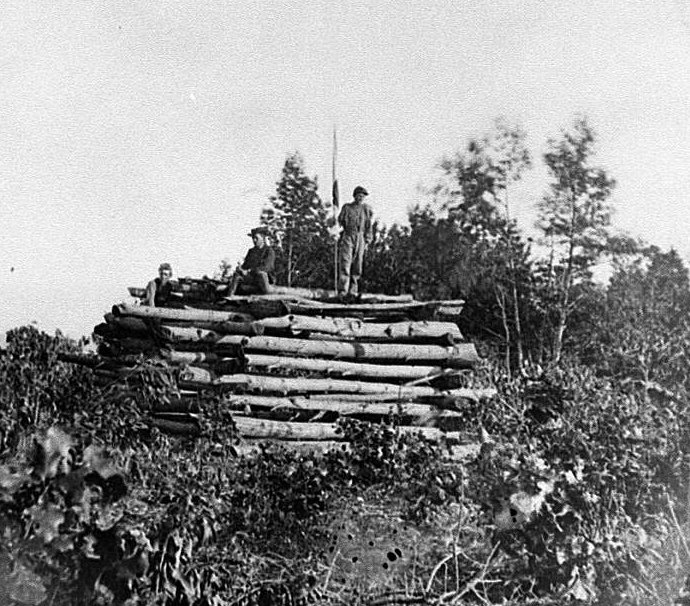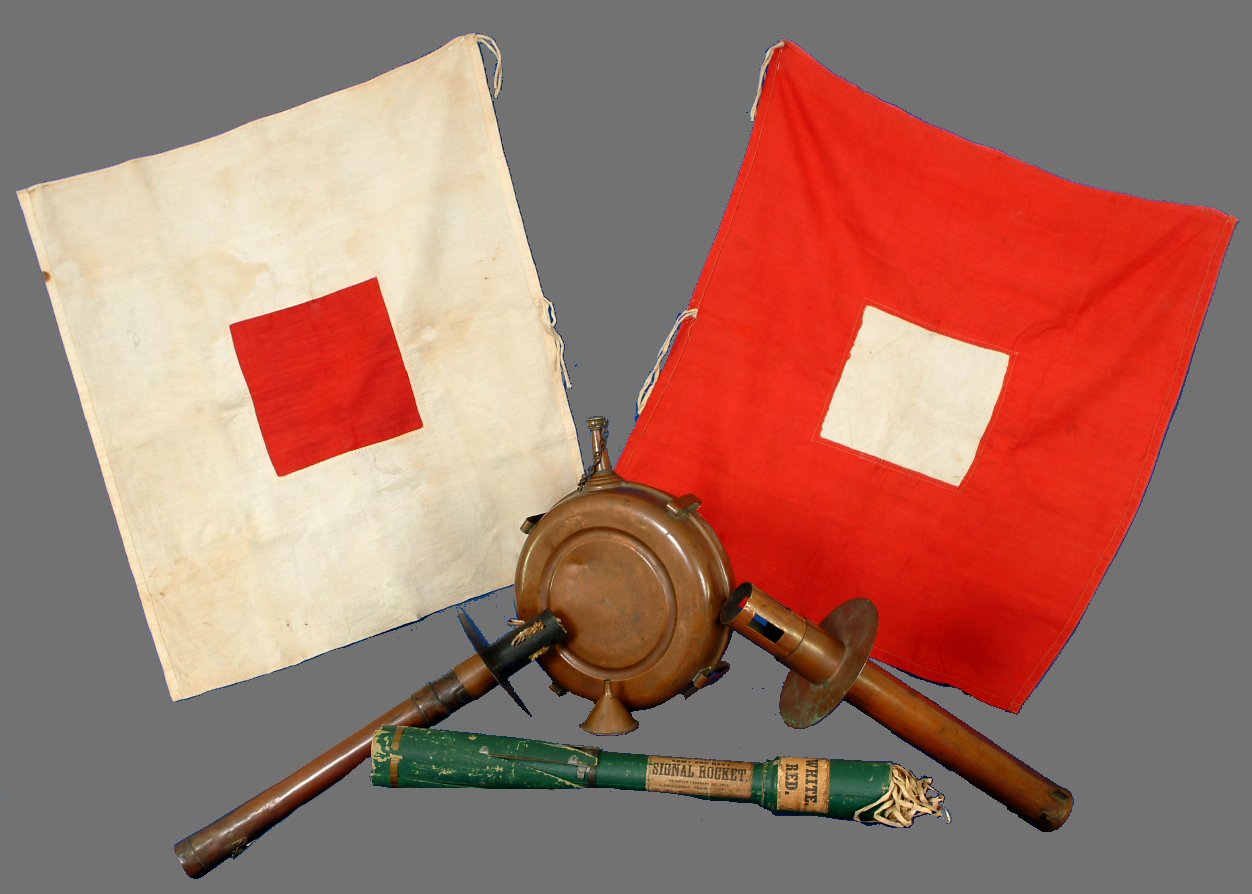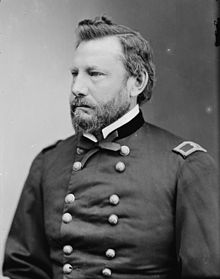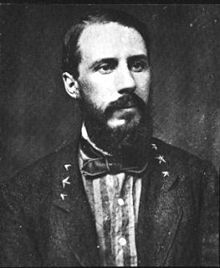
 |

|
|
Wig Wag Tower
Major Albert J. Myer was an Army surgeon with an interest in communications by sign language for the deaf. He turned to signaling over long distances with lightweight and simple to use equipment. He invented a signaling system using a flag (or a kerosene torch for nighttime use) that is known as wig-wag signaling, or aerial telegraphy. Unlike semaphore, which employed two flags, wig-wag required only one, using a binary code to represent each letter of the alphabet or digit. Myer in 1856 wrote to Secretary of War Jefferson Davis and offered his signaling system to the War Department. The proposal did not include specific technical details and Davis rejected it. Myer's proposal was reintroduced in March 1859, a board of examination was formed in Washington, D.C. presided over by Lt. Col. Robert E. Lee, who was not enthusiastic about the proposal, judging it suitable only as a secondary means of communications over short distances, but did recommend further testing.
Myer began testing in April 1859 at Fort Monroe, Virginia, and then New York Harbor, West Point, New York, and Washington, D.C. One of Myer's principal assistants was Second Lieutenant Edward Porter Alexander. They were able to communicate at distances up to 15 miles and Myer reported to the War Department that the tests had "exceeded anticipation." He recommended that the Army adopt his signaling system and that he should be placed in charge of it.
Myer's assistant, Edward Porter Alexander, resigned his U.S. Army commission on May 1, 1861, to join the Confederate Army as a captain of engineers. While organizing and training new recruits to form a Confederate signal service, he was ordered to report to Brig. Gen. P.G.T. Beauregard at Manassas Junction, Virginia. He became the chief engineer and signal officer of the (Confederate) Army of the Potomac on June 3. under his direction Wig Wag was used to good effect at the battle of 1st Manassas. He was promoted and after becoming the chief ordnance officer for the Army of Northern Virginia, Alexander retained his position as signal officer, but his other duties took precedence. Alexander conmmanded Longstreets artillery at the Battle of Gettysburg. - Signal Tower ~ Signal Equipment -Correct Responces: Bill Chisolm |

HOME
What's New -
About SCV -
Join SCV -
News Letter -
Photo Quiz -
Chaplain -
Education
Battle Site -
Ancestors -
Memorials -
Links -
Photo Gallery -
Guest Book -
Site Index

